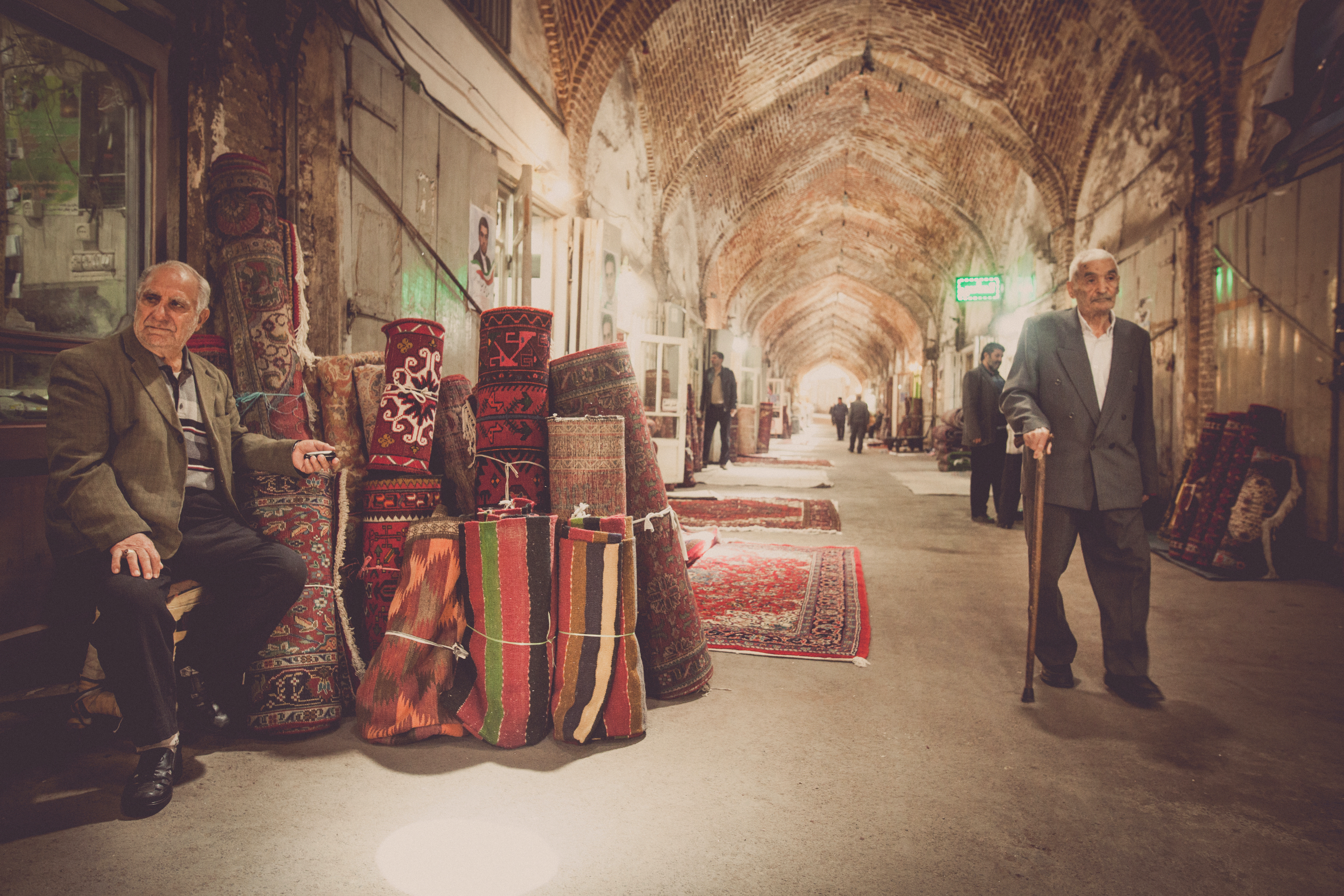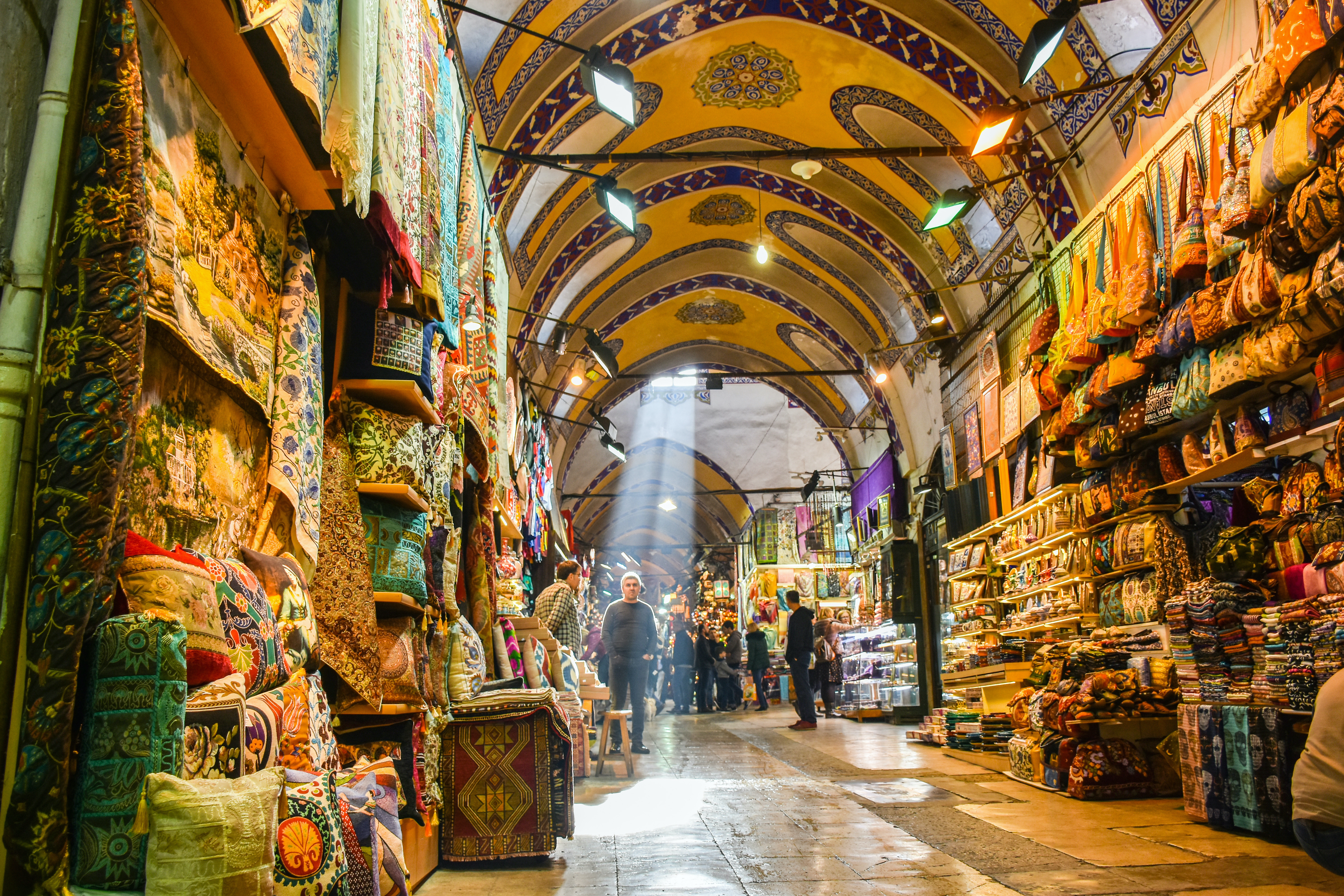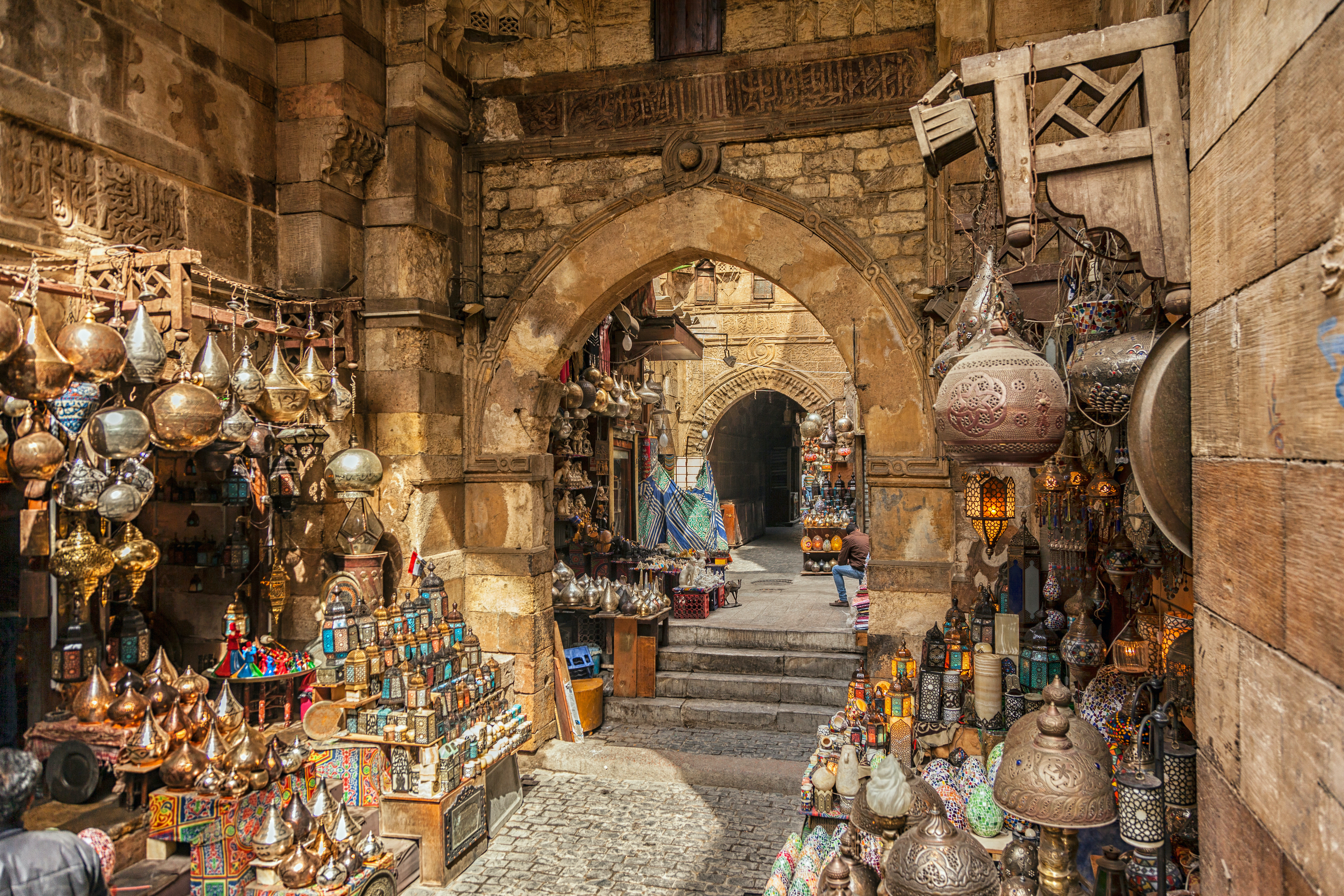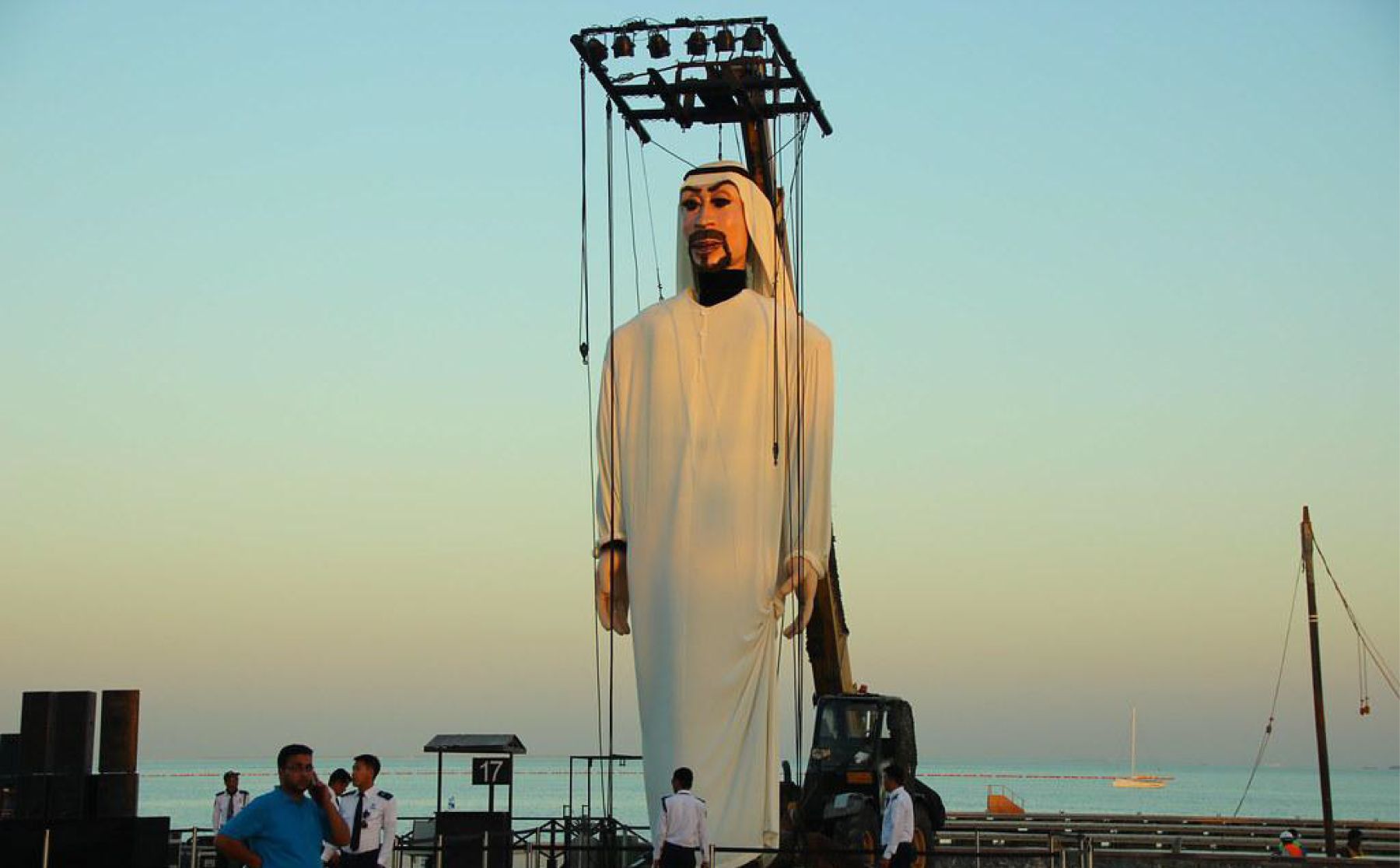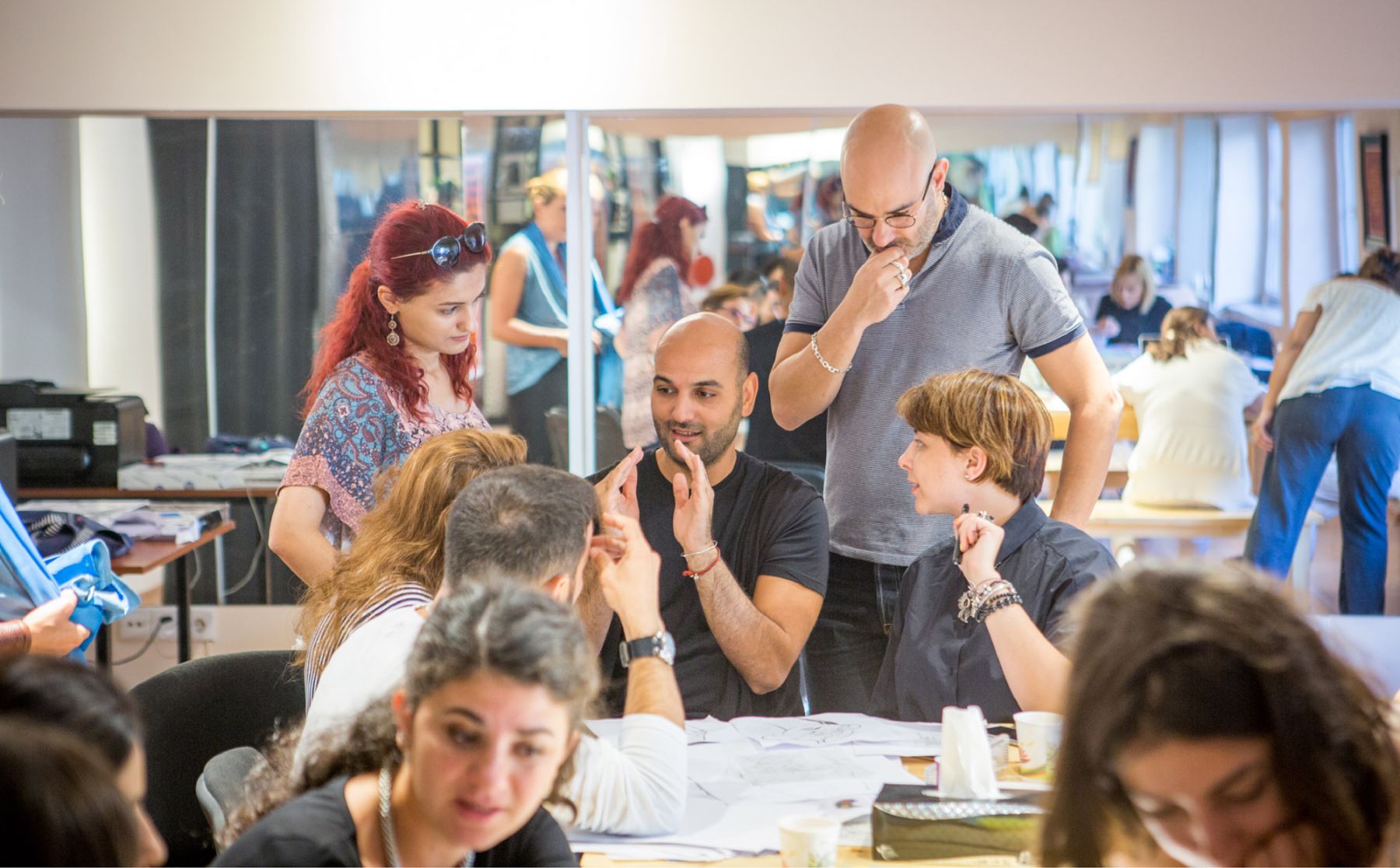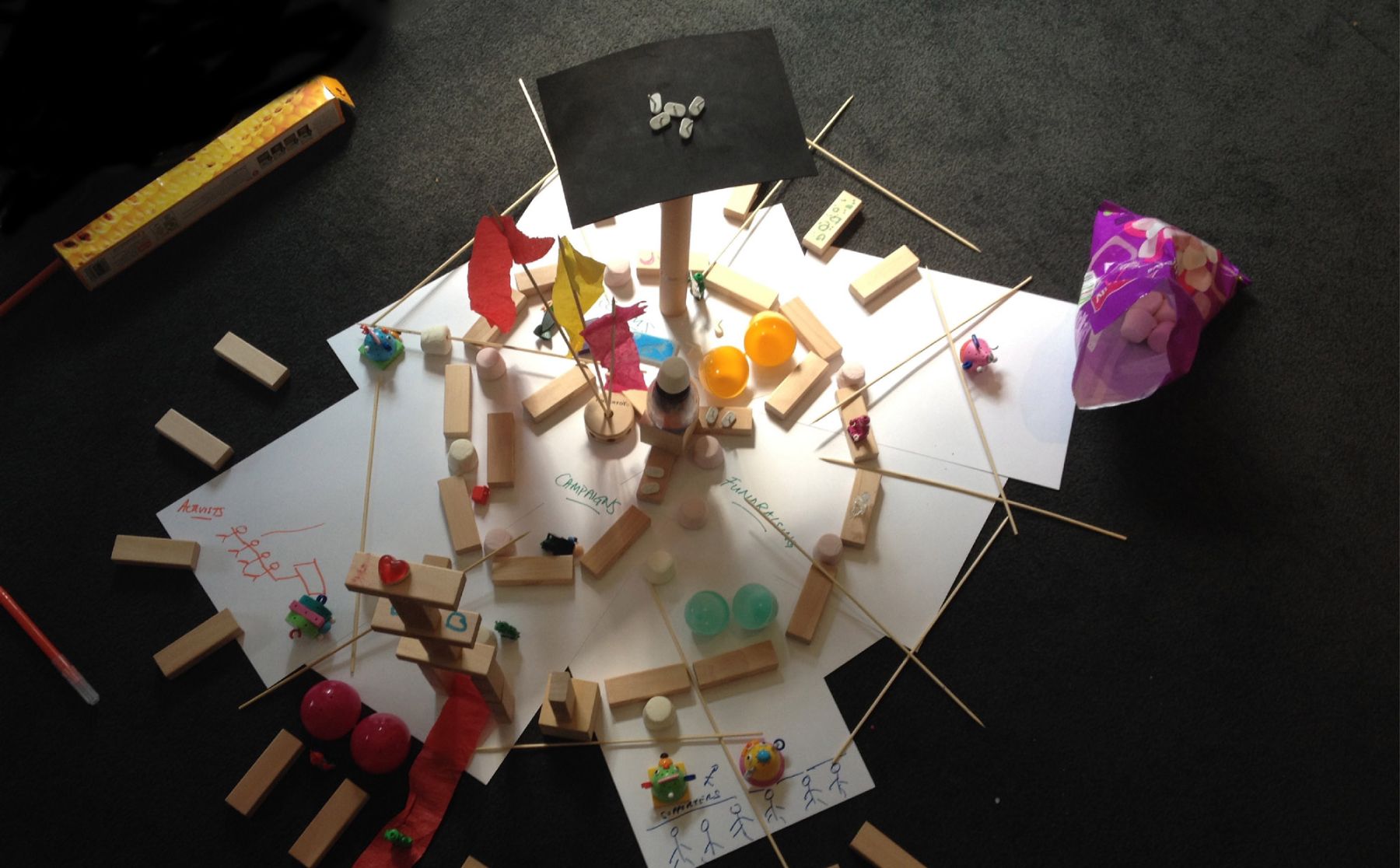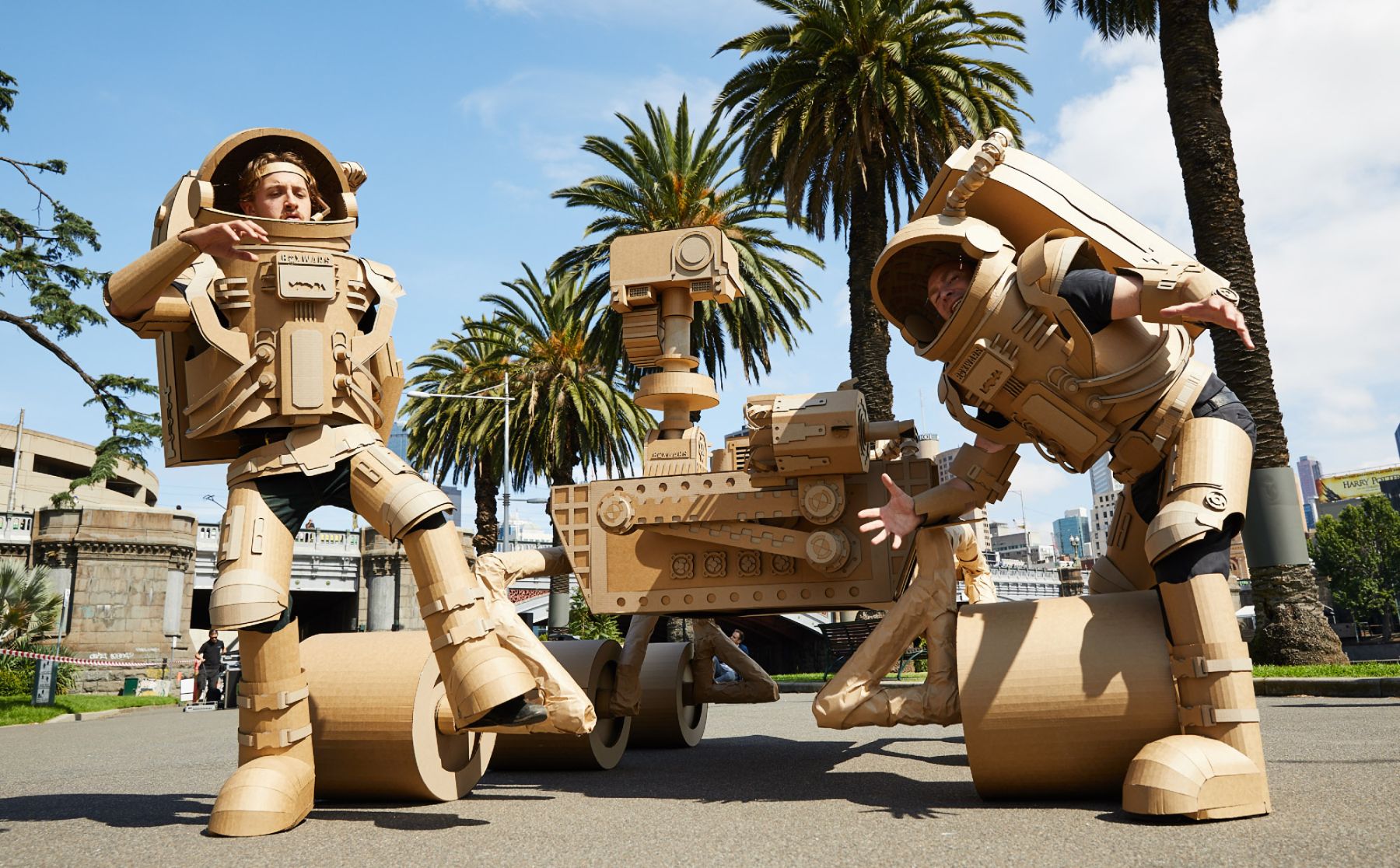A place for trinkets, treasures and tales to tell. Rows of fresh vegetables and sweet fruits, a rainbow of aromatic spices to fulfill culinary hearts, beautiful velvet fabrics and lavishly designed footwear to sell. The miscellaneous and the magnificent, where new and exotic goods are traded. A marketplace, the souk; the place for travelers, bargains and the bizarre: The Bazaar.
Where beautiful Persian rugs and a rich history derive, ancient Persia exported the concept of bazaars. Bazaars originated from caravanserai around 3,000 BC. Caravanserais were ancient roadside rest stops where caravan travelers could rest, purchase items and share information. These bazaars were setup outside city walls. Then bazaars refined, and were built as covered or open-air markets and became embedded in most Middle Eastern cultures, and later, beyond.
The term bazaar originates from the Middle Persian word ‘wāzār,’ which had come from the Proto-Indo-Iranian word ‘wahā-čarana.’ The term bazaar later spread on a global scale, just as the concept of bazaars itself. Bazaars formed a network, where major cities connected with each other and exchanged goods, culture and information. Through bazaars, cross-cultural exchange influenced the world, intertwining world cultures on a grand level.
Bazaars are a colorful place, filled with a gamut of buyers and sellers, goods and services, and knick-knacks and antiques. From the Disney classic, Aladdin made his way around the souk with his cheeky little friend, Abu. He passed by fishmongers and jewelers. Juxtaposed items displayed for sale along jam-packed rows of kiosks. Sellers pop up out of the blue, urging you to buy, buy, buy! Like skilled piranhas, they make you need stuff you never really wanted. Besides Aladdin’s parkour skills to get around, you can experience the aesthetical bazaars in many countries.
Every city in the world has bazaars with its own je ne sais quoi. France, Mexico, Turkey, China, India, New York, Dubai…you can venture into crammed rows upon rows of riches and souvenirs, and meet the eccentric sellers who have a longer list of stories than a century-old grandparent does. Deep history is rooted in the bazaars’ makeup, as cross-cultural influences trickle through the marketplace.
At the start of 2021, Ithra launched the six-month season of Ithra Downtown. Amongst the excitement found in every corner, Ithra Downtown offers a Bazaar. Each month, the shopping experience will adopt different themes, allowing visitors to explore and purchase different items from various brands.
Bazaars sprung up around 3,000 BC and are still an exciting experience in 2021—this time, found at the all-new Ithra Downtown. Explore the three bazaars of the Middle East below:
Bazaar of Tabriz; Tabriz, Iran
One of the oldest bazaars in the Middle East and the largest covered bazaar in the world is the Bazaar of Tabriz in Tabriz, Iran. The bazaar began around the 13th century.
Grand Bazaar; Istanbul, Turkey
The largest and oldest covered market in the world is the Grand Bazaar in Istanbul, Turkey. What started as a center for local trade of clothing and jewels in 1455 became a construction project to expand in 1461. The Grand Bazaar completed construction after 1730.
Khan el-Khalili; Cairo, Egypt
Khan el-Khalili is the oldest open-air market in the Middle East, located in Cairo, Egypt. Construction began around the 10th century, 970 AD.
- Written by Nora Al-Taha


